Wedding Planners by Day, Animal Rescuers Always: The Couple That Impressed Nat Geo
With 3-8 rescue operation calls daily, Goa's Benhail Antao and Louise Remedios share their thrilling experiences of rescuing snakes. Their work impressed National Geographic so much, they gave them a show!
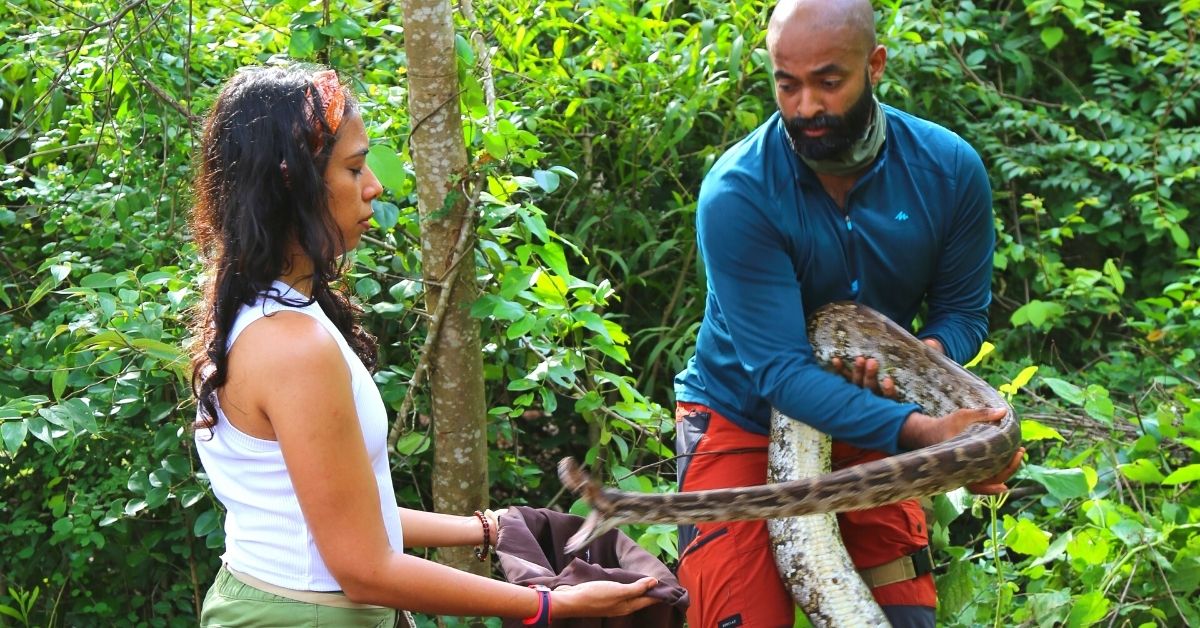
It was no less than a magic show.
Benhail Antao safely removed the third snake from behind an Air Conditioning unit in a Goan house and handed it over to his wife, Louise Remedios. It seemed like an endless chain of handkerchiefs coming out of a magician’s pocket.
At one point, Louise was holding seven snakes in her hand as she, Benhail and the family members watched the mystery unfold in horror.
Soon, the couple realised the mystery was the mating season for snakes. A female snake had been stuck behind the machine, and six other snakes came after smelling her scent. But, unfortunately, in the process, all of them got stuck.
“The rescue call was only for one snake as even the family did not know there were so many snakes. In such an out-of-the-syllabus situation, we had to maintain a calm silence and focus on handling them without scaring the snakes. The situation can quickly turn dangerous once the snakes panic. They can bite in turn,” Louise tells The Better India.
This incident occurred recently, and they handled the entire operation one can tell they have been doing this for a long time.
“It has been 20 years since I have been doing it,” Benhail tells The Better India.
“I involved myself in the rescue mission ten years ago,” Lousie adds.
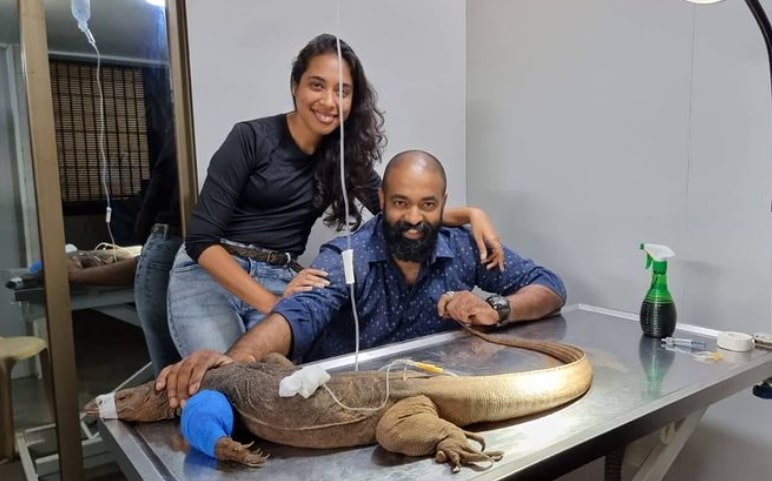
The husband-wife duo from Panjim are wedding planners by profession and animal rescuers by passion. They have championed snake rescue missions along with bats, crocodiles, leopards, etc.
As the honorary wildlife warden of Goa’s forest department, Benhail is often called by the police and the forest department for rescue missions across the state.
With an average of 3-8 rescue calls daily, the couple is busy juggling between organising luxury weddings and relocating animals in their natural habitat.
Benhail was around nine when he first encountered a snake. Born and raised in Moira village of Goa, spotting snakes was fairly common. He had seen how people manhandled or killed snakes because they were “supposed to be dangerous.”

“I had only heard snakes bite, but I had never seen one do that. So with my bare hands, I pinned down the snake, caught it and relocated it to a safer place. Of course, in the initial years, the way I was rescuing was not the safest either for the snake or me, but there was no internet or books to guide me back then. I was 18 when I got my first snakebite because it had been my fault. Snakes only bite when they get stressed or scared,” recalls Benhail.
If Benhail is the kind of person who is calm and unafraid of snakes, Lousie is on the other spectrum. She trembles and sweats at the sight of a snake even today, but there’s one thing that makes her a good rescuer.
“I have enough knowledge about snakes and their behaviour. Over the years, I have learnt and observed them to rationalise my fears. If you ever spot a snake on the road or in the house, remember it is not there to harm you. It is either looking for prey or mate, is sun-basking or trapped in a net,” says Lousie, who fell for Benhail during rescue operations.
What goes into rescuing a snake
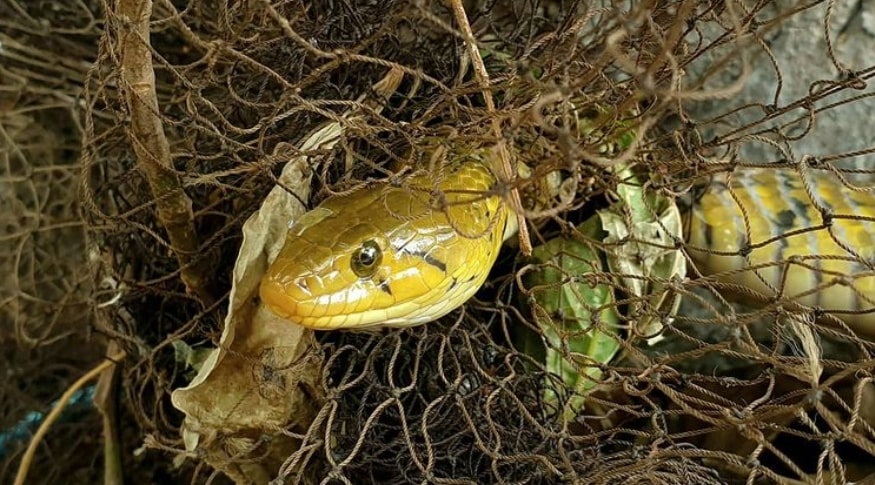
Rescuing a snake entails a number of dos and don’ts. Lousie and Benhail share their thrilling experiences.
The duo’s first question when they receive a phone call is if the snake needs to be rescued. In many cases, the snakes are only passing by.
Once it is confirmed the snake is stuck in a net or in someone’s house or compound, they reach the spot. If required, the forest and fire department is also called.
Upon reaching the spot, the first step is to pacify the crowds. Mob mentality can be dangerous, says Benhail.
“People can be seen crying, screaming or worse, hatching plans to kill the snake. We try to calm down people and remove clutter from the space. Clutter can include people, a dog barking somewhere, dumped waste, etc. Even the tiniest of distractions can prove to be fatal. Then, with the help of hook sticks and bags, I begin. I know the snake wants to hide, so I create the opportunity by placing an open sack and nudging the snake towards it. Once it is in the bag, it can easily be relocated. The aim is to avoid confrontation at all costs,” explains Benhail.
Post the rescue operation, the couple educates people on being tolerant towards the snake.
“People have preconceived about snakes, and undoing years of conditioning is difficult. But instead of disregarding their fears at once, we try to understand their perspective. I always tell them that snakes cannot go to the grocery shop and buy food for themselves. So if a snake is spotted on preying a cat, empathy should be shown towards both instead of just the cat. One can only imagine the snake’s desperation to come out of their comfort zone and put their lives at risk for food,” says Lousie.
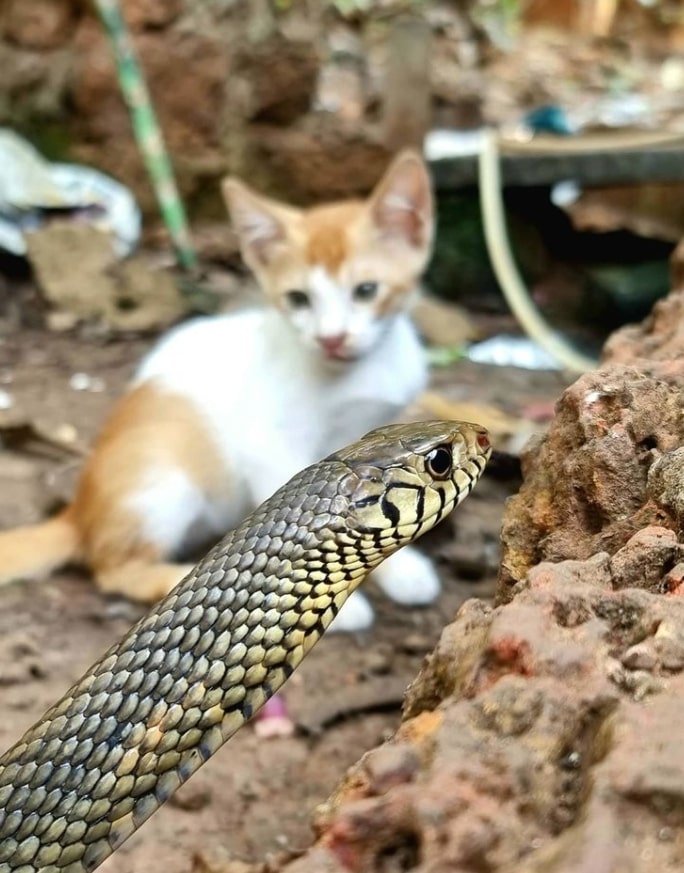
Besides planning lavish weddings and rescuing animals, the couple also actively trains the police, fire and security departments in rescue operations.
Featuring in a series
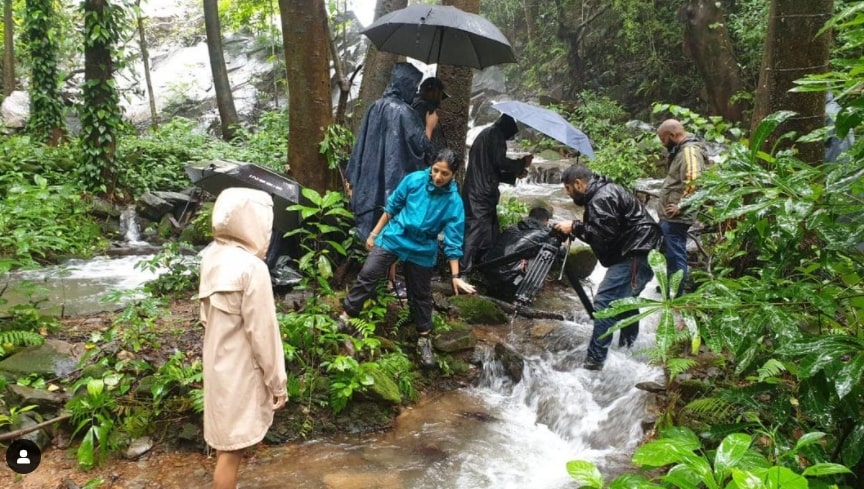
Most rescue operations have a story in itself. Lousie remembers her rescue operation around midnight when a boy broke his leg while he was sitting on a wall and teasing the snake on the ground.
In another instance, Benhail spent nearly 16 hours removing tar from a snake’s body after it was stuck during a road construction activity.
“I used coconut oil, aloe vera and other remedies to remove tar from the snake’s nostrils and mouth. It was unable to breathe properly. After several hours of observation, we released it into the forests,” says Benhail.
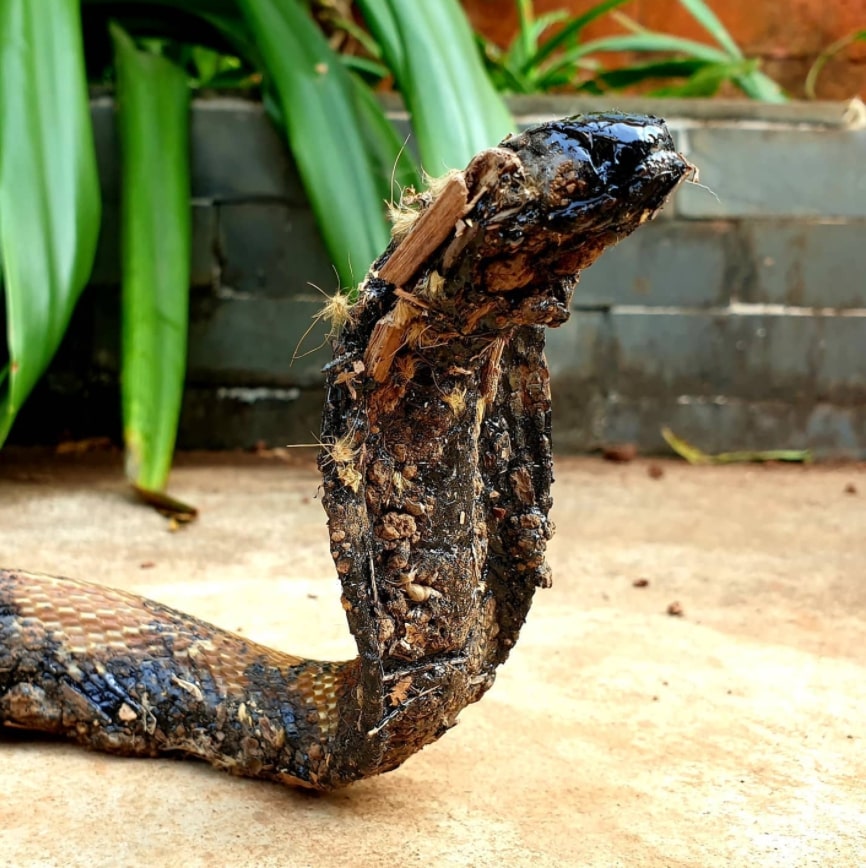
With so many thrilling, existing and interesting stories to tell, the National Geographic channel recently released a 10-part series featuring the duo and their experiences.
The episodes will showcase the duo in action and give an up-close and personal experience of their techniques and contributions in rescuing the varied snake species and other animals in Goa.
From an Indian spectacled cobra trapped deep in a well to saving a gigantic Indian rock python strangled in a fisherman’s net, the series show several events. It will also focus on informing and enhancing the knowledge of viewers on the rich and diverse wildlife.
“With adventure and entertainment as a backdrop, we (National Geographic) wanted to bring a local narrative of two very inspiring individuals and challenge the myths and pre-established beliefs around snakes and reptiles. We hope that our efforts inspire viewers to care about the magnificent wildlife we have in our country and encourage them to play their part in preserving and protecting it,” says Kevin Vaz, Head of Network Entertainment Channels, Star and Disney India.
Benhail and Lousie are glad they are able to reach so many people at once and create mass awareness through the series.
“Associating with a brand like National Geographic is a dream come true for us. I hope the show changes people’s mindset and they stop seeing snakes as deadly. We have also tried to use different words like ‘scared, defensive and delicate’ to address snakes instead of commonly used ones like ‘aggressive, striking, etc.’ We need to stop passing our fears to the next generation and instead show empathy towards snakes,” adds Louise.
Image Source: National Geographic
(Edited by Vinayak Hegde)
If you found our stories insightful, informative, or even just enjoyable, we invite you to consider making a voluntary payment to support the work we do at The Better India. Your contribution helps us continue producing quality content that educates, inspires, and drives positive change.
Choose one of the payment options below for your contribution-
By paying for the stories you value, you directly contribute to sustaining our efforts focused on making a difference in the world. Together, let’s ensure that impactful stories continue to be told and shared, enriching lives and communities alike.
Thank you for your support. Here are some frequently asked questions you might find helpful to know why you are contributing?


This story made me
-
97
-
121
-
89
-
167











